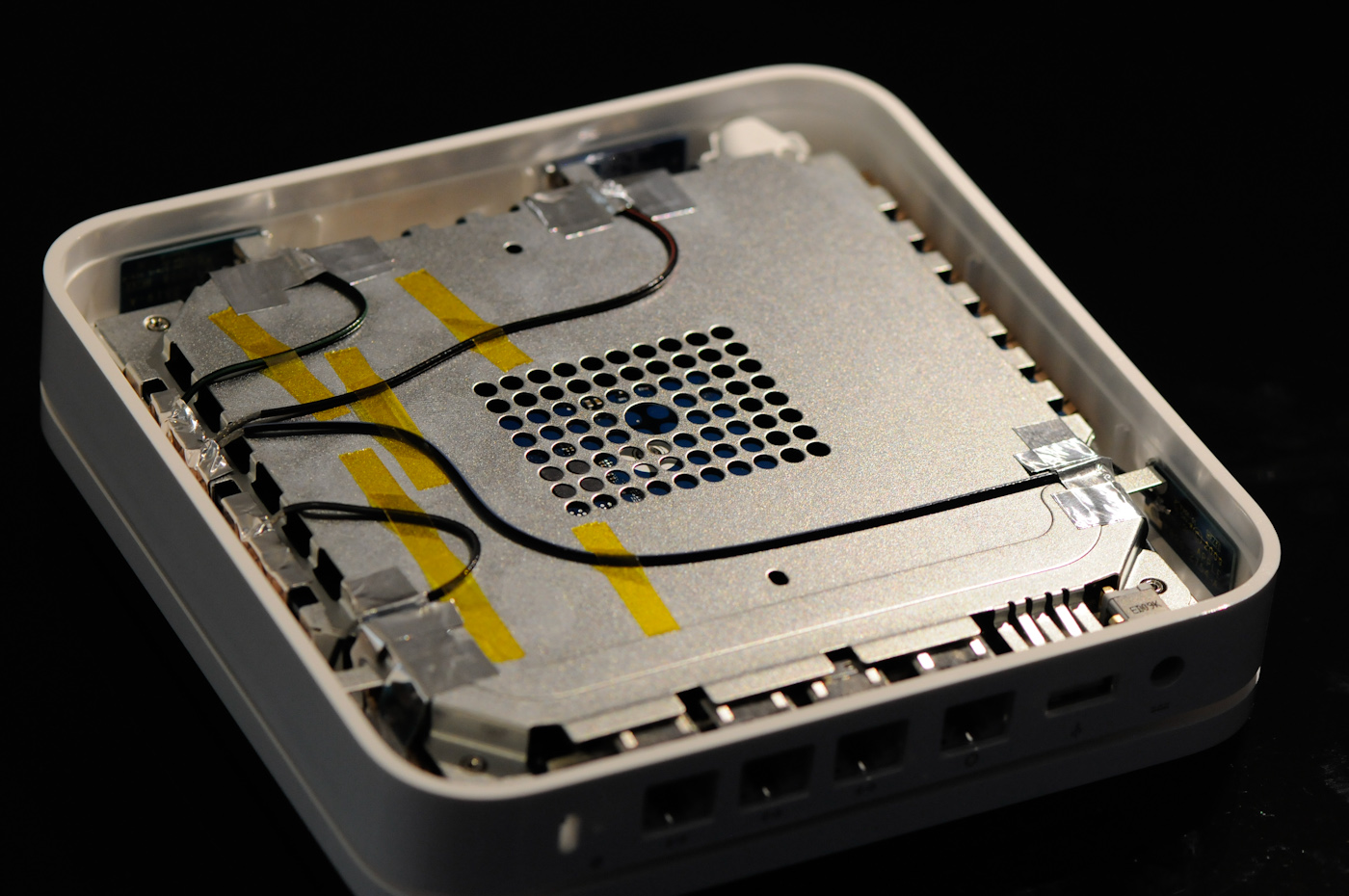

In approximately 2016, Apple disbanded the wireless router team that developed the AirPort Time Capsule and AirPort Extreme router. Rear ports on fifth generation AirPort Time Capsule Discontinuation

The internal Wi-Fi card was changed from a Marvell Wi-Fi chip to a better-performing Broadcom BCM4331 chip. The fourth generation Time Capsule, released in June 2011, increased the range of Wi-Fi signals. The only change was a reconfiguration of the internal wireless antenna, resulting in an Apple-reported 50% increase in wireless performance and 25% increase in wireless range when compared to previous models. The third generation Time Capsule was released in October 2009.
#AIRPORT EXTREME SPECS FREE#
Apple offered free repair or replacement to affected units. Apple confirmed that certain Time Capsules sold between February 2008 and June 2008 do not power on, or may unexpectedly turn off. In October 2009, several news sites reported that many first generation Time Capsules were failing after 18 months, with some users alleging that this was due to a design failure in the power supplies. The hard disk storage space of each model was doubled: capacities were 1 TB 2 TB, while the prices remained unchanged. The guest network uses different authentication credentials, ensuring the security of the primary network. The second generation model also included the addition of Guest Networking, a feature which allows creation of a separate wireless network for guests. It offered simultaneous 802.11n dual-band operation, which allows older devices to use slower wireless speeds, without affecting the overall performance of devices that can use higher 802.11n speeds. In early 2009, Apple released the second generation Time Capsule. In 2016, Apple disbanded its wireless router development team, and in 2018 the entire AirPort line of products was discontinued without replacement. The NAS functionality utilizes a built-in "server grade" hard drive. The USB port can be used for external peripheral devices to be shared over the network, such as external hard drives or printers. All models include four Gigabit Ethernet ports (3 LAN ports, 1 WAN port) and a single USB port. The earliest versions supported 802.11n wireless and came with a 500 GB hard drive in the base model, while the latest model, introduced in 2013, features 802.11ac and a 3 TB hard drive.
#AIRPORT EXTREME SPECS SERIES#
Introduced on Januand released on February 29, 2008, the device has been upgraded several times, matching upgrades in the Extreme series routers.
#AIRPORT EXTREME SPECS SOFTWARE#
Apple describes it as a "Backup Appliance", designed to work in tandem with the Time Machine backup software utility introduced in Mac OS X 10.5. They are, essentially, versions of the AirPort Extreme with an internal hard drive. The AirPort Time Capsule (originally named Time Capsule) is a wireless router which was sold by Apple Inc., featuring network-attached storage (NAS) and a residential gateway router, and is one of Apple's AirPort products. Backup drive, AirPort Extreme base station


 0 kommentar(er)
0 kommentar(er)
